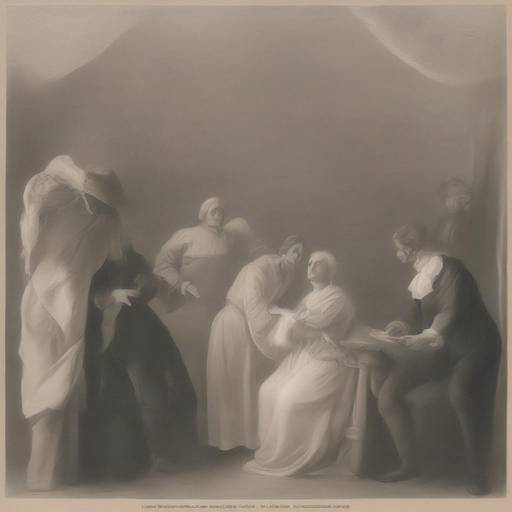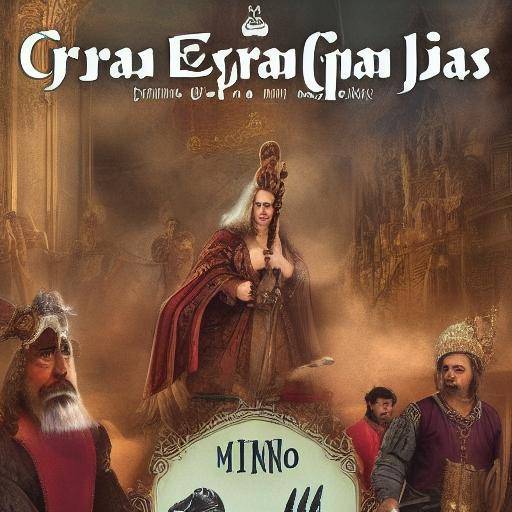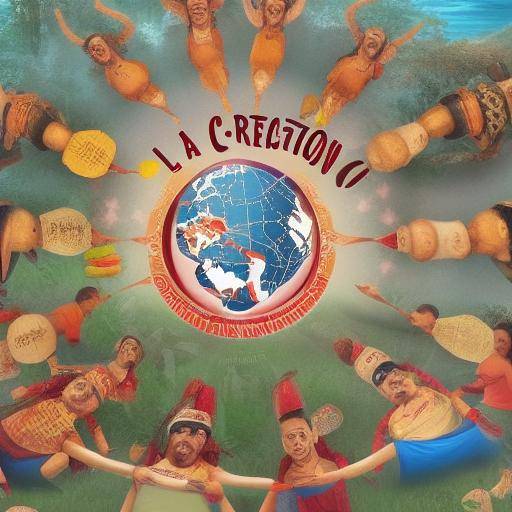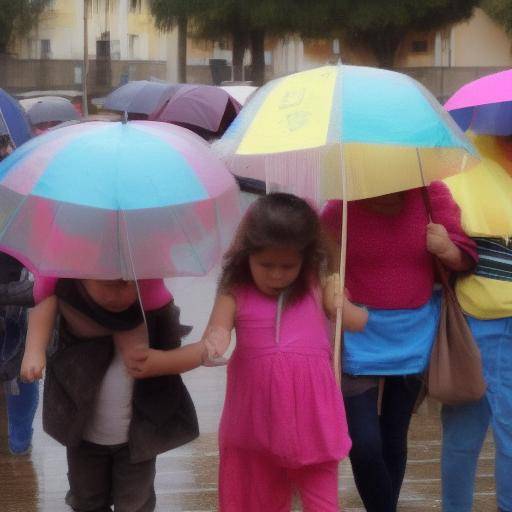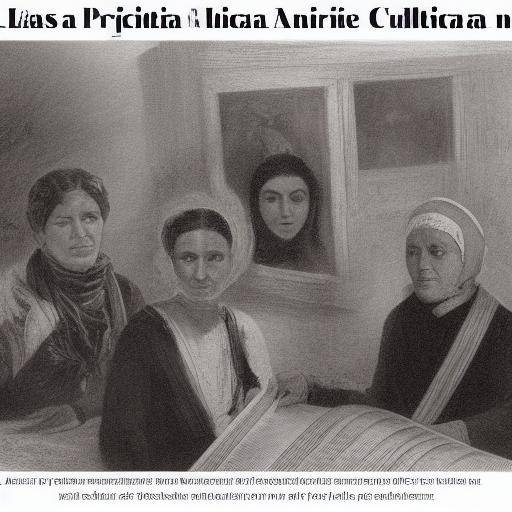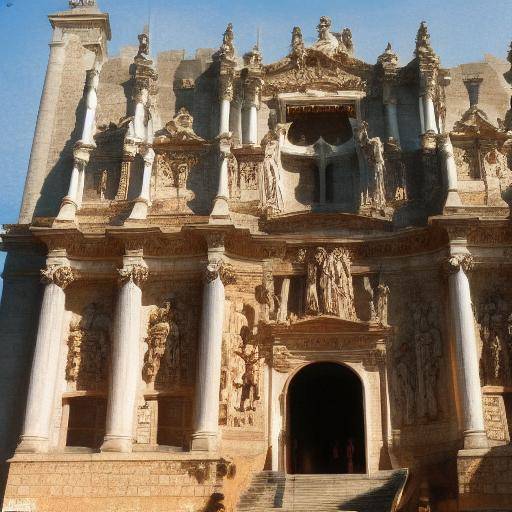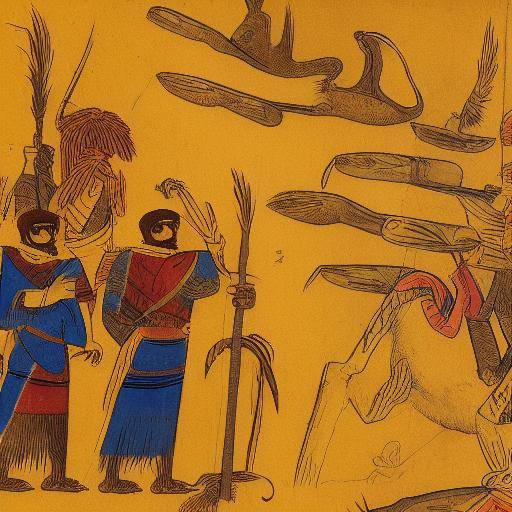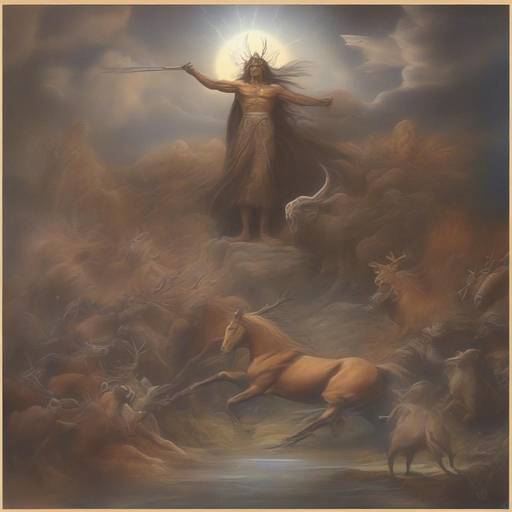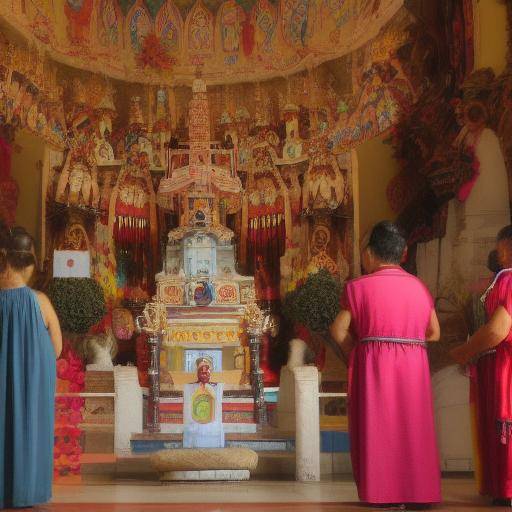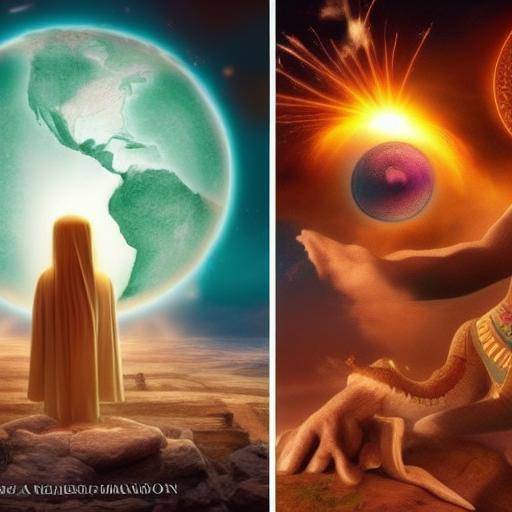
The native mythology of different cultures offers a fascinating vision of the world and the cosmos that has endured over the centuries. In this article, we will explore the rich worldview of indigenous cultures and their relationship with the cosmos, native mythology and the vision of the world. We will learn about their meanings, how they have influenced native societies and how they continue to be relevant today. Join us on this journey to discover the depth of knowledge and wisdom that enclose these ancient traditions.
Introduction
Native mythology encompasses a vast repertoire of accounts, teachings, beliefs and cosmovisions of indigenous cultures around the world. His stories and myths offer a unique vision of the cosmos and order of the world, transmitting ancestral wisdom about creation, human purpose, relationship with nature, and the interconnection of all beings.
This wealth of ancestral knowledge invites us to explore and understand the visions of the world and the cosmos present in indigenous traditions. As we unravel these concepts, we enter into a universe of meanings and teachings that transcend time and space.
History and Background
Native mythology emerges from indigenous cultures that have inhabited various regions of the world over millennia. These traditions are rooted in the deep and spiritual relationship that indigenous communities maintain with land, natural elements and cosmos. Throughout history, the visions of the world of these cultures have been orally transmitted through ceremonies, rituals, art, and daily practices.
Origins and Evolution of Native Mythology
Native mythological traditions have their roots in the worldview that indigenous cultures have developed over generations. These visions of the world are imbued with profound symbolic and spiritual meanings, reflecting the intrinsic connection between humans, nature and the universe. Through stories of creation, legends of heroes and stories about gods and spirits, indigenous cultures have articulated their understanding of the origin of the world and the purpose of human existence.
Examples of Native Mythologies
- Mythology of the Peoples of North America: Native American tribes, such as Lakota, Hopi and Navajo, have rich and varied mythologies. For example, the creation of the world according to Hopi involves ascension from an underground world through a tree of life, symbolizing the growth and connection between the earth and the sky.
- Mesoamerican mythology: In Mayan and Aztec mythology, the cosmos is represented as a series of layers or superimposed worlds, with gods that govern every aspect of life and nature. Quetzalcóatl, the feathered serpent god, is a prominent figure in these traditions.
- Andean mythology: The Incas and other Andean cultures venerated Pachamama (Mother Earth) and Inti (the sun god), among others. Their myths reflect deep respect and gratitude for nature and its cycles.
- Australian Aboriginal Mythology: Australian aborigines believe in the "Sueño Time", a mythical era in which ancient beings created the world. These accounts explain the formation of landscape and nature, and remain fundamental in the cultural and spiritual identity of Aboriginals.
Analysis in Deep
The worldview of indigenous cultures not only offers explanations about the origin of the universe and life, but also establishes an ethical and moral framework for human behavior. These mythological traditions highlight the importance of living in harmony with nature and respecting all forms of life. Myths and stories are educational tools that transmit values, teachings and practical knowledge about the natural and social environment.
Spiritual Connection with Nature
One of the most outstanding aspects of native mythology is the spiritual connection with nature. Indigenous cultures see the earth, animals, plants and natural elements as living beings with their own spirits. This perspective promotes deep respect and a reciprocity relationship with the natural world, where humans are seen as an integral part of the ecosystem.
Rol de los Chamanes y Lideres Espirituales
In many native cultures, shamans and spiritual leaders play a crucial role in the preservation and transmission of mythology. These individuals are regarded as intermediaries between the human and the spiritual world, and often have deep knowledge about sacred stories, rituals and ceremonies that connect the community with the cosmos.
Cultural and Artistic Representations
The visions of the world and the cosmos in native mythology are also reflected in various forms of cultural and artistic expression. The cave paintings, wood carvings, ritual dances and traditional songs are vehicles through which these cosmovisions are communicated and celebrated. These artistic representations not only preserve ancestral stories, but also strengthen community identity and cohesion.
Comprehensive review
By comparatively analyzing native mythologies in different regions, common patterns and themes emerge, as well as unique variations that reflect the cultural and geographical particularities of each people. The duality of the sacred and the profane, the importance of the natural cycles and the veneration of the ancestors are some of the recurring elements in these traditions.
Comparison between Native Mythologies
- Similarities: Most native mythologies share a holistic view of the universe, where everything is interconnected. Creation myths often involve deities or primordial beings that shape the world from chaos or nothing. In addition, many stories emphasize the importance of maintaining balance and harmony in nature.
- Variances: Although there are similarities, each mythology has its own distinctive characteristics. For example, Nordic mythology presents a more guerrerous and fatalistic view of the cosmos, while Polynesian mythologies highlight navigation and the sea as central elements of its cosmovision.
Conclusions
Native mythology offers an invaluable window to the thought, spirituality and culture of indigenous societies. His stories and cosmovisions invite us to reflect on our relationship with the natural world and to value the ancestral wisdom that has been transmitted over generations.
Frequently asked questions
- **What is native mythology?**Native mythology refers to the set of myths, legends and stories that form part of the cultural and spiritual traditions of indigenous peoples.
- **Why is it important to study native mythology?**Studying native mythology allows us to better understand the cosmovisions and values of indigenous cultures, as well as appreciate their rich cultural and spiritual heritage.
- **How are native mythologies transmitted?**Native mythologies are transmitted mainly by mouth, through narratives, ceremonies, rituals and artistic expressions.
- **What role do shamans play in native mythology?**The shamans are intermediaries between the human and the spiritual world, and have a deep knowledge of the myths and rituals that connect the community with the cosmos.
- **How does native mythology influence the daily lives of indigenous communities?**Native mythology influences everyday life by providing an ethical and moral framework, as well as practical guides to live in harmony with nature and the community.
In short, native mythology and its vision of the world and the cosmos offer us a profound understanding of the traditions and beliefs of indigenous cultures. By exploring these rich worldviews, we can learn valuable lessons about the interconnection of all beings and the importance of living in harmony with nature.

